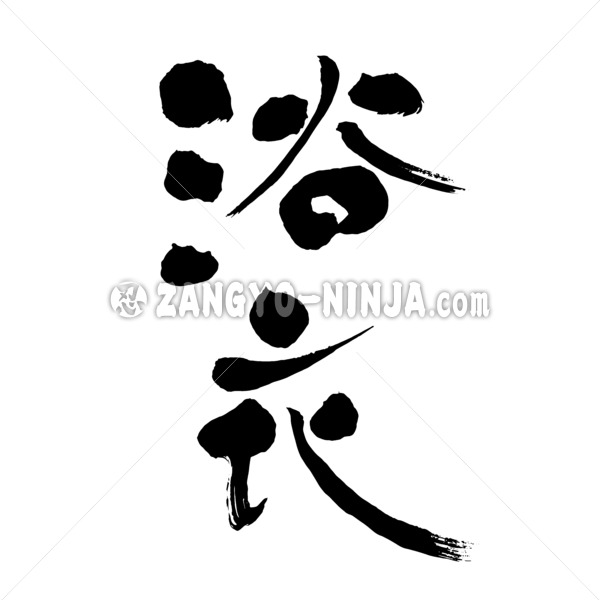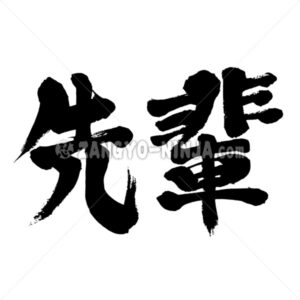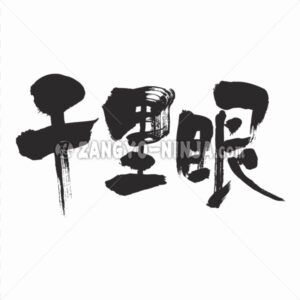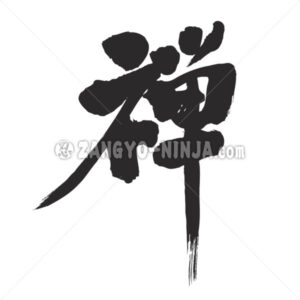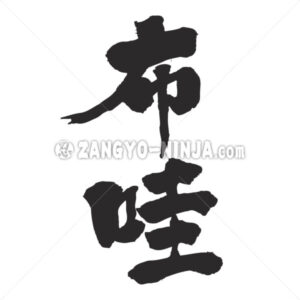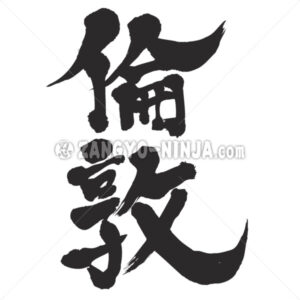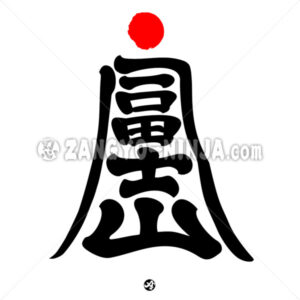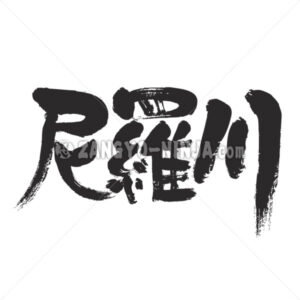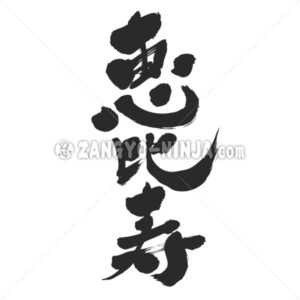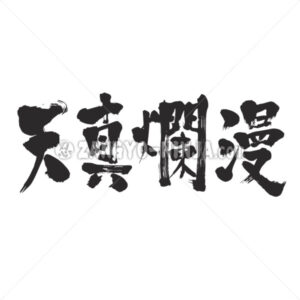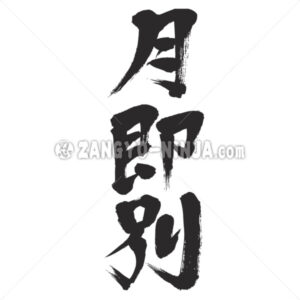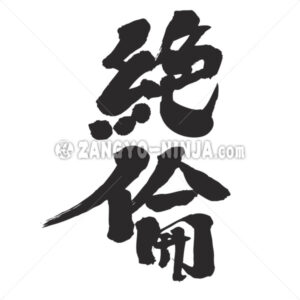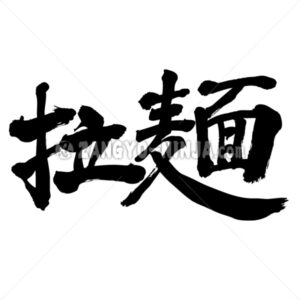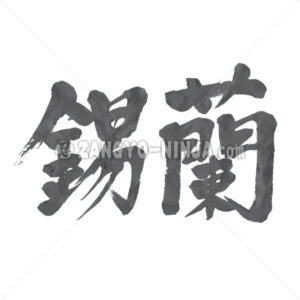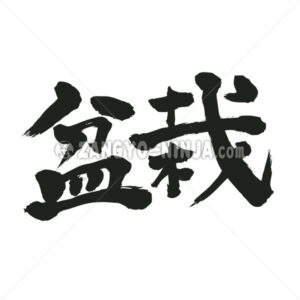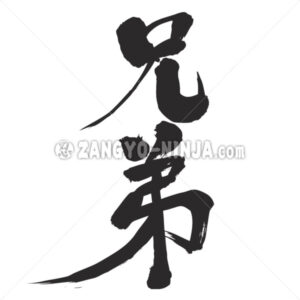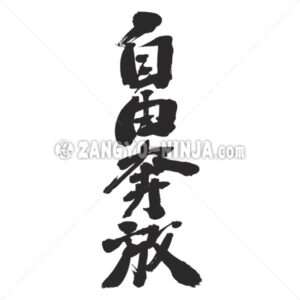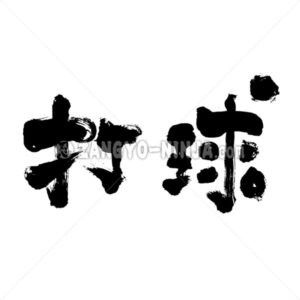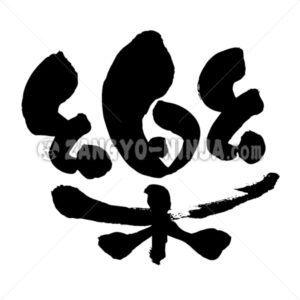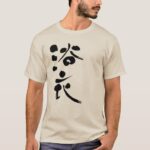Description for "Yukata in Kanji"
to avoid burns from the steam.
The yukata is said to have originated in the Heian period, when aristocrats wore “yukatabira” made of hemp to prevent burns from the steam.
Today, yukata are worn at festivals, firework displays, and on pleasure boats as attire for summer events.
Difference between Yukata and Kimono
Difference in the time of year and occasion for wearing a yukata
A yukata is generally worn at summer events such as summer festivals and fireworks displays as an “outing wear” to feel cooler.
Kimonos are also considered “formal wear” or “fine clothes” and are worn for celebratory occasions such as weddings and parties, Hatsumode, Shichigosan, and coming-of-age ceremonies.
Difference in fabrics and materials
Cotton and linen are materials that absorb sweat and moisture well, and yukata are made of such materials.
Kimonos, on the other hand, are made of silk, the highest quality fabric. Silk is often used for high-end kimonos such as tsukebake and visiting kimonos. Others are made of hemp, wool, or polyester.
Kimonos are made of thick, wrinkle-resistant, heat-retaining wool and shiny, soft materials.
Difference in what you wear
- Juban (underwear)
As mentioned above, yukata was originally worn after a hot bath, so basically, nothing is worn inside the yukata, so no lintel is used.
Since the long lintel peeks out from the collar of the kimono, the difference between a kimono and a yukata can be seen from the outside at this point. - Obi
The obi of a yukata is often one that can be easily tied even by beginners. - Tabi socks, sandals, geta
For yukata, it is common to wear geta with bare feet.
For kimono, tabi socks must be worn. Then put on zori (Japanese sandals).


